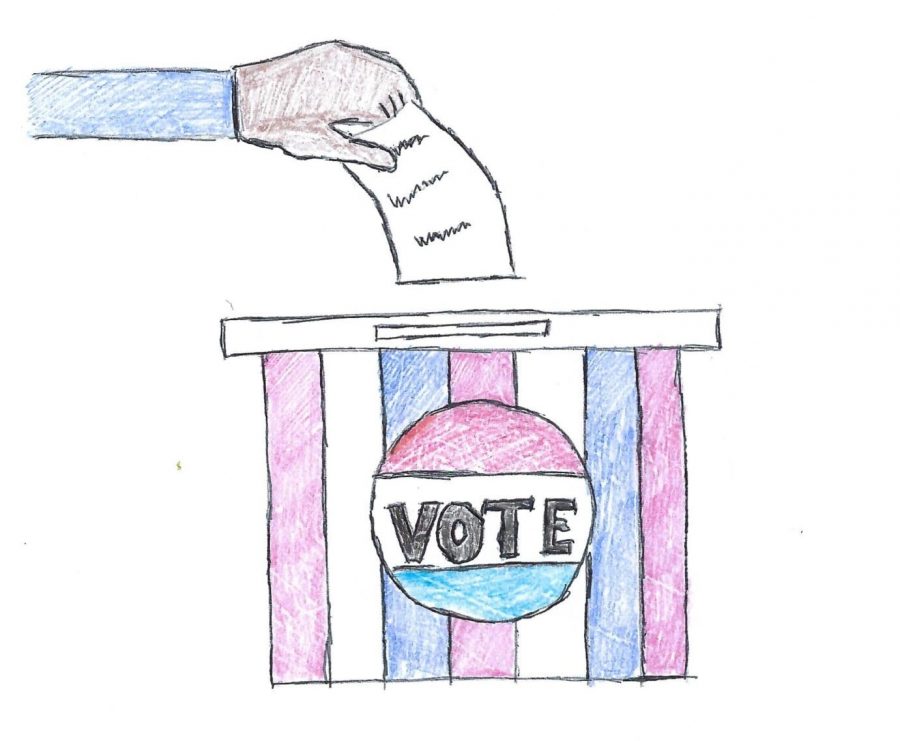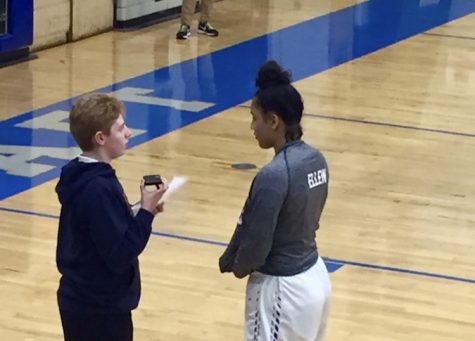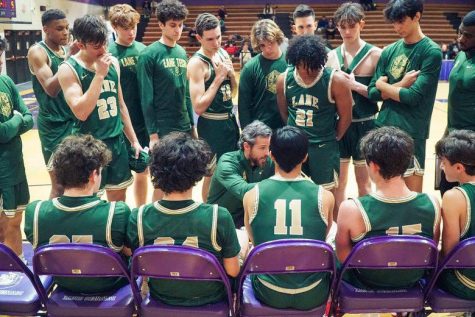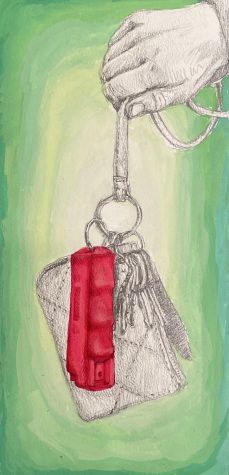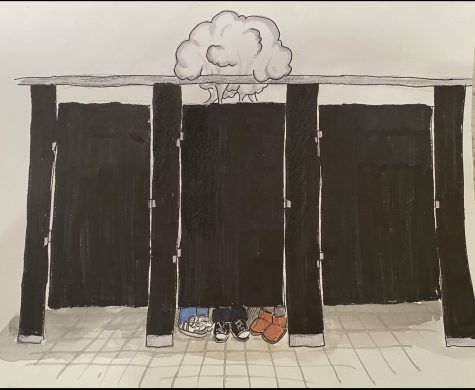National Popular Vote: a practical solution to the big issue of the Electoral College
OPINION
More stories from Peder Sevig
One of the few issues that crosses party lines is the foundation of American democracy. In a time where the country is deeply divided, at least both sides can agree on democracy. Well… anyone who watched the news at all the last month would know that maybe that assumption isn’t so true anymore.
With President Trump claiming fraud and demanding recounts in multiple states, even after all states have certified their results and Biden being the clear winner, it seems as though democracy is being undermined.
But, as I know that this is already the buzz in the news everywhere, I don’t want to talk about that; I want to talk instead about one of the systems in our American “democracy” that has actually been undemocratic for as long as it has been in place: the Electoral College.
Article II section I of the Constitution establishes electors, who represent their respective states. Their purpose, as said in the Constitution, is to cast a vote for two people, which eventually just became president and vice president.
These electors are meant to be representative of the state they come from, and at first glance, that has been mostly true.
The Electoral College was originally created to be a compromise between electing the president through a vote in Congress and through a national popular vote. A slate of electors are chosen by the political party with control in each state. Each presidential candidate has a slate of electors in each state, and when voters cast their ballots, they are technically voting for their state’s slate of electors.
All but two states (Maine and Nebraska) use their popular vote to determine who gets their electoral votes, which means that even if a candidate wins by just 500 votes (like Bush did in Florida in 2000), they will get every electoral vote in said state. Moreover, if a voter that favors a Republican candidate lives in a safe democratic state like Illinois, they might as well stay home — Illinois hasn’t given a Republican an electoral vote since 1992.
A democratic system that leaves a voter wondering if their vote even matters depending on where they live is no democracy.
This past election, swing states with large populations like Florida, Ohio and Michigan all came down to very narrow margins. But once it was determined who won the popular vote in those states, all of the electoral votes were called for that candidate. Despite Trump getting 48.8% of the vote in Pennsylvania, Joe Biden was awarded all of Pennsylvania’s 20 electoral votes. And despite Joe Biden getting 48.7% of the vote in North Carolina, Trump got all 15 electoral votes.
This is a difficult problem to solve. Since it is in the Constitution, the Electoral College would require a Constitutional amendment to get rid of it. A Constitutional amendment must be proposed by a two-thirds vote in both the Senate and the House, and then approved by three-fourths of the state legislatures. This is why the Constitution has only been amended 27 times. Since amending the Constitution was purposefully created to be difficult to amend, that route wouldn’t really work.
There is another way to elect the next President of the United States, though, that is much more realistic. The National Popular Vote Interstate Compact (NPV) is a multistate solution to the Electoral College. This compact, if successful, would ensure that the Presidential candidate that wins the national popular vote will win the Electoral College and be elected President.
Although a president-elect has lost the popular vote but won the electoral college only 5 times in American history, it is crucial to ensure that this never happens again. There is also an alarming trend, as 2 of the 5 presidents who have lost the popular vote, George W. Bush and Donald Trump, have been elected in the last 20 years.
Many states have already agreed to participate in this compact if enacted, including Illinois, California and New York, which all have a large number of electoral votes.
The goal of the National Popular Vote is to pool enough states that collectively add up to 270 electoral votes, which is the number required in order to win the presidency. Right now the compact is at 196, 72% of the votes needed.
In an era where America has been as polarized as ever, a democracy where every vote is treated the same is what could possibly unite us. Obviously, that won’t solve all of our problems, but it is a great first step. The hope is that the NPV could be enacted before the 2024 election, and that doesn’t even seem all that far-fetched.
Doing away with the Electoral College would still be what’s best for a true American democracy, but the NPV is the best we can get right now. But even if this is enacted, there are still many problems that we face as a country when it comes to presidential elections. Voter suppression, lack of proper voter education and the two-party system all suppress millions of Americans’ voices; there is still a long way to go before America can be a true democracy.
Your contribution will allow us to cover our annual website hosting costs, which are no longer covered by our district/school. If we do not meet our goal, we may lose this website and its archive of stories covering 2009-2023. Student journalists at Lane Tech use this archive to research past coverage of various topics and link to past stories to offer readers additional context for current stories. Thank you for supporting the award-winning reporting and writing of journalism students at Lane Tech College Prep!
Background information on why the school district no longer allows our school to cover web hosting costs:
https://lanetechchampion.org/12583/uncategorized/special-coverage-impact-of-soppa-on-cps-students-teachers/
https://lanetechchampion.org/11702/opinion/staff-editorial-cpss-soppa-policy-is-choking-students-learning-and-the-champion/

